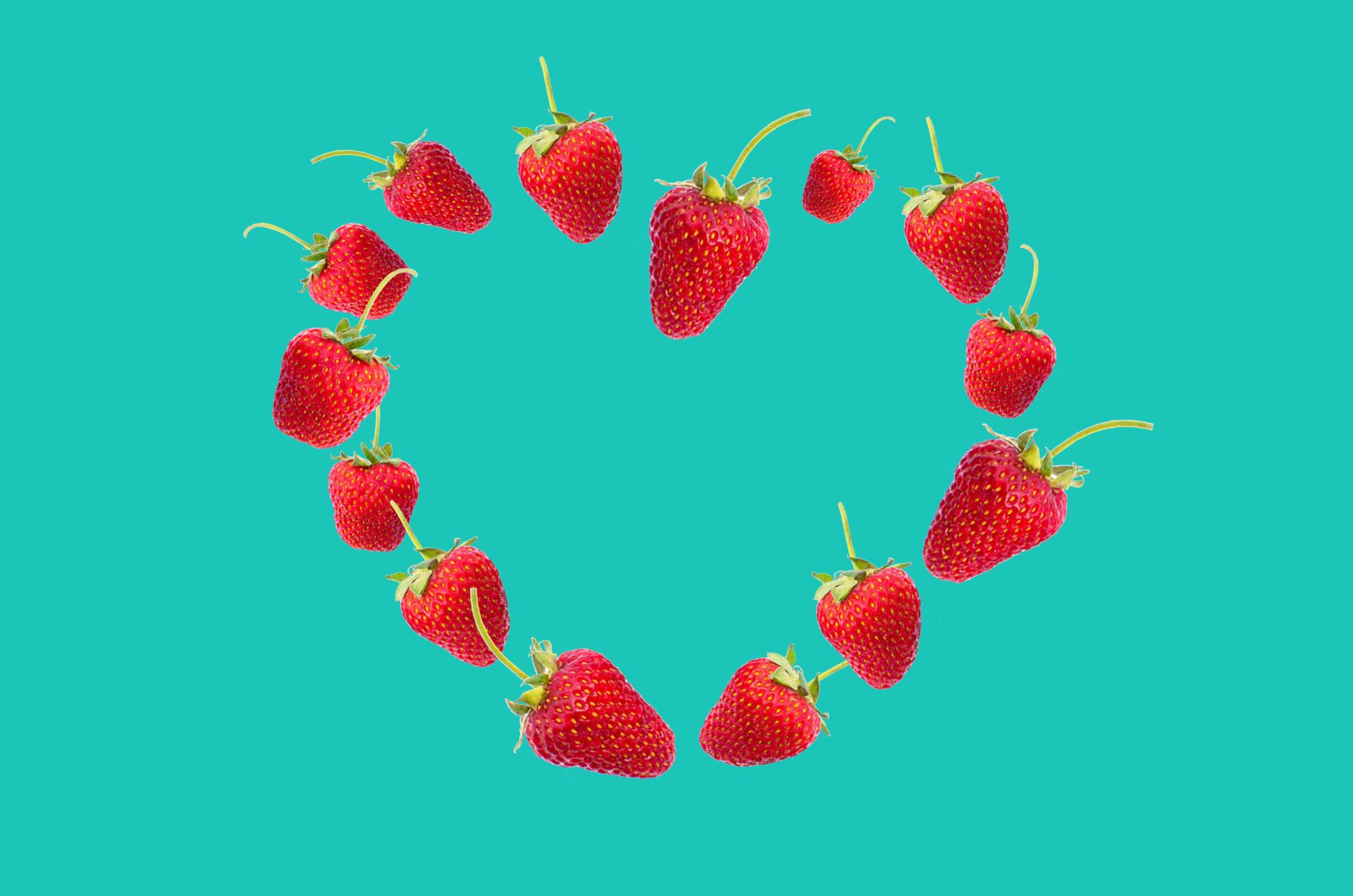It’s heart season! Valentine’s Day has us in a sea of heart-shaped everything. From conversation hearts to chocolate hearts to LEGO hearts and potato stamp hearts, the world is aglow with one very sweet shape. Which got us nutrition nerds thinking: what about the actual heart? More importantly, what about the littlest hearts in the family? How early should you start thinking about heart-healthy habits for children?
Heart health is a key component to overall good health. Your heart is responsible for carrying nutrient-rich blood, oxygen, hormones, and essential cells throughout your body. It is also central to your metabolism’s ability to remove toxins and waste. One of the best ways we can support a healthy heart is through what we eat (or don’t eat).
So, in the spirit of the season, we’ve gathered a few top tips to keep in mind when building a heart-healthy diet.
Limit Consumption of Saturated Fat + Sugar
While some fats (unsaturated fats), like those found in avocados, nuts, seeds, and plant oils like olive oil, are important to a healthy diet, saturated fats may increase unhealthy cholesterol levels and blood pressure, which can increase your risk for heart disease. Saturated fat is often solid at room temperature, and foods with saturated fat include red meat, butter, cream, and cheese.
As we know, sugar can be a confusing topic when it comes to nutrition. An overconsumption of sugar, particularly added sugar, can increase your risk of developing Type 2 diabetes and heart disease.
Next time you’re grocery shopping, check out the Nutrition Facts label where you can find if a product contains saturated fat or added sugar.
The Word of the Day is: Fiber
Found in whole grains, fruits, vegetables, and beans, fiber helps your body naturally remove unhealthy cholesterol and offers many other health benefits. On average, kids are only eating about 40% of their recommended daily fiber. Sneak some more fiber into their meals and snacks by adding a side of berries, chopped apples (un-peeled), sweet potatoes, or peas to their plate!
In This Case, Seeing Red is a Good Thing
The perfect Valentine’s Day treat, red fruits like cherries, strawberries, and raspberries are a good source of dietary fiber, vitamin C, and minerals including potassium, calcium, and magnesium all working together to keep your heart happy and healthy.
Does your family have any heart-healthy favorite meals? Are you cooking up any healthy Valentine’s Day treats? We’d love to see! DM us at @plezinutrition – we always love hearing from you!
Sources
- American Heart Association – The Ten Ways to Improve Your Heart Health Infographic
- CDC – Get the Facts: Added Sugars
- Children’s Hospital of Philadelphia – Making Heart-healthy Food Your Kids Will Love
- Harvard Medical School – Heart Health
- Harvard Medical School – Know the facts about fats
- National Library of Medicine – Red Fruits Composition and Their Health Benefits—A Review
- National Library of Medicine – What Do We Know about Dietary Fiber Intake in Children and Health? The Effects of Fiber Intake on Constipation, Obesity, and Diabetes in Children
- University Hospitals – Heart-Healthy Eating for Children

